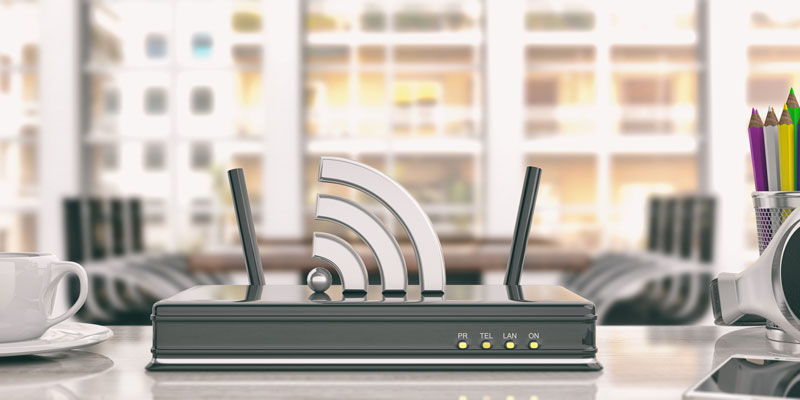There is a new wireless standard that will soon be making its way onto store shelves and into our homes. It will be 820.11ax, but you will more likely see it called WiFi 6. The WiFi Alliance, a group that manages wireless networking standards, is discontinuing the old naming scheme to make it easier for consumers to know which WiFi they are using. The old WiFi standards will also receive new naming updates. For example, 802.11n will be called WiFi 4 and 802.11ac will be WiFi 5. Although the older WiFi standards are not necessarily getting renamed they still can be matched with numbers (802.11a, WiFi 1; 802.11b, WiFi 2; 802.11g, WiFi 3).
So why are we getting a new WiFi standard?
The biggest reason is the number of wireless devices and the amount of data that is being sent across those wireless access points. The old 802.11ac (WiFi 5) standard was introduced in 2014 and allowed devices to connect on the 5GHz network with a max data transfer rate of 3.5 Gbps. It also had a limit of 4 spatial streams connected to the access point. The new WiFi 6 network will allow devices to connect to both the 2.4GHz and 5GHz networks and transfer data at a max of 9.6 Gbps with up to 8 spatial streams. This means that more devices can communicate at the same time and send 2.5 times the amount of data as the 802.11ac standard. With the increase this means that your wireless devices, such as your laptops, tablets, phones, doorbells, cameras, TVs, refrigerators and all the other wireless devices in your home or business will be able to communicate faster and with less lag time than on the older wireless access points. Just think about how many wireless devices that have been added into your life in the last five years.
When will we see the new standard?
The new standard will start hitting the marketplace in the Spring of this year, but you will not likely see too many devices with WiFi 6 until later in the year. If you happen to get a new phone, or other device that is WiFi 6 certified, don’t worry it will still connect to your WiFi 5 (802.11ac) or WiFi 4 (802.11n) access point. You will not be able to take advantage of the full speed of that device until you have a WiFi 6 certified access point.


